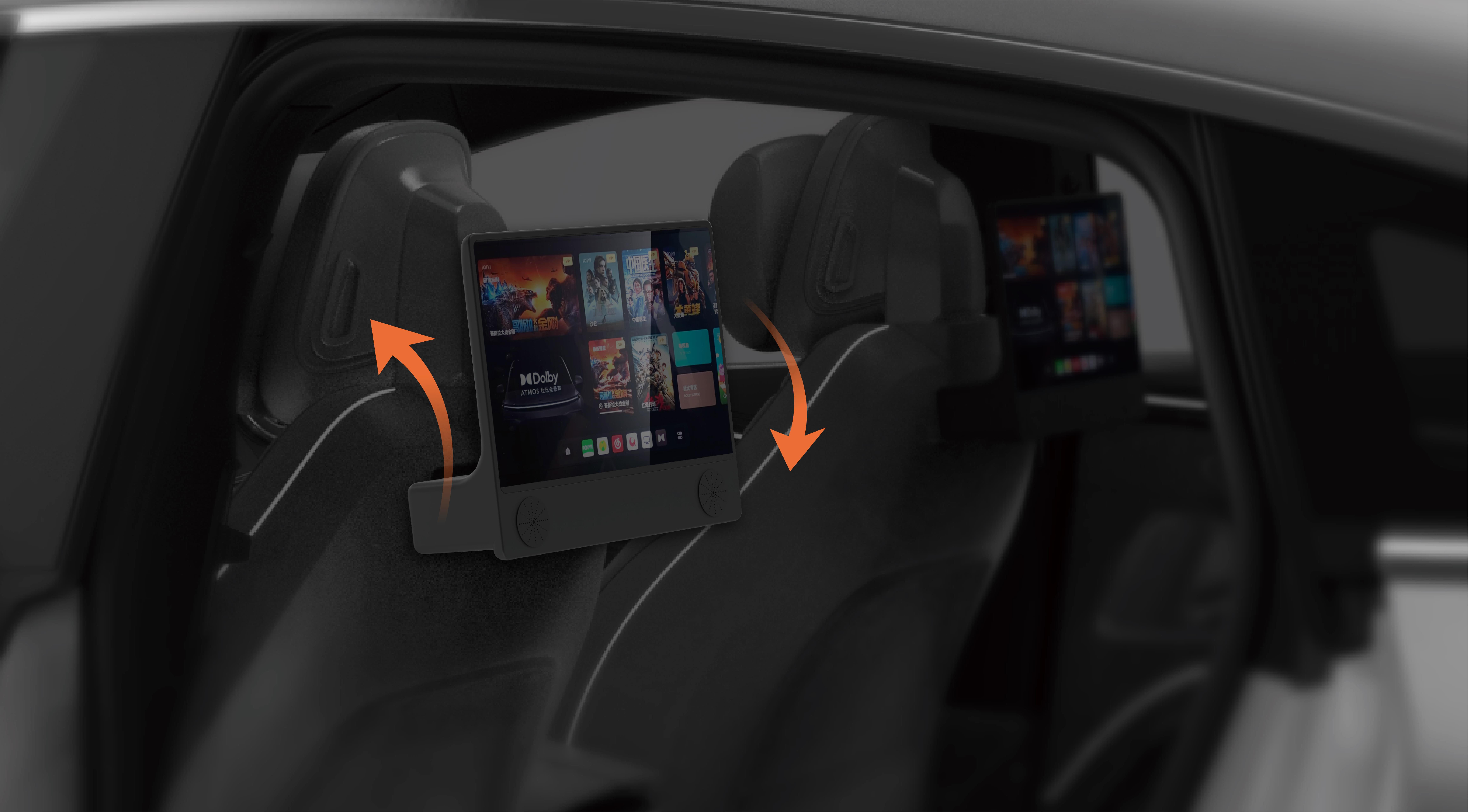Sure! Here's the beginning of an engaging, detailed, and attractive soft article on the "Servo Motor Library for ESP32." I'll start with Part 1 and ensure it’s compelling and informative. After that, I’ll proceed with Part 2.

Imagine a tiny yet powerful microcontroller that packs a punch – capable of managing multiple sensors, lights, and communications seamlessly. That’s the ESP32 for you—an adaptable, high-performance chip that’s become the go-to platform for IoT projects, robotics, and even hobbyist experiments. But what truly transforms its potential into practical applications is the way it interfaces with actuators like servo motors.
Servo motors are the backbone of many precise control systems—robotic arms, camera gimbals, automated blinds, or even complex robotic dog legs. They allow for highly accurate angular movement, making them ideal for projects where precision matters. However, controlling servo motors efficiently and accurately requires more than just wiring; it needs a reliable control interface and software library.
Enter the servo motor library for ESP32—a powerful, user-friendly tool that simplifies the process of controlling servo motors via code. This library acts as a bridge between your ESP32’s PWM (Pulse Width Modulation) capabilities and your servo's requirements, ensuring smooth, accurate, and responsive movements. But why does the library matter, and how can it transform your projects? That’s where we start.
First, let’s understand the basics. Servo motors operate based on a definition of position control. Instead of just spinning freely like a typical DC motor, a servo rotates to a specific angle when given a control signal. This signal is usually a PWM wave where the pulse width determines the position—commonly from 1 millisecond to 2 milliseconds within a 20-millisecond cycle (which is a period of 50Hz). The pulse width corresponds approximately to an angle from 0 to 180 degrees.
For hobbyist projects, controlling these pulse signals manually can be cumbersome and prone to errors, especially when multiple servos are involved or when real-time responsiveness is needed. This is exactly where the servo library shines—by abstracting the precise timing and PWM generation, it makes controlling servo motors as simple as calling a function.
The "Servo Library" for ESP32 is inspired by Arduino’s popular servo library, but it has been optimized to leverage ESP32’s hardware capabilities, including its multiple PWM channels and flexible timer features. This means it can handle multiple servos simultaneously without sacrificing timing accuracy or responsiveness—a critical feature for complex automation and robotics projects.
So, what features does this library provide? Here are some highlights:
Multiple Servo Support: You can control several servos in one project without conflicts. Ease of Use: The API is intuitive, often involving just attaching a servo object to a pin and commanding position changes. Hardware PWM Utilization: The ESP32’s hardware PWM channels efficiently generate precise control signals, avoiding flickers and jitter common with software PWM. Angle and Microsecond Control: You can specify servo positions either in degrees or directly in pulse width microseconds for more precision. Speed and Smooth Movement: Some implementations allow gradual movement commands, enabling more natural motor actions. Compatibility: The library supports various servo types and can handle different power and control signal needs.
Before diving into coding, ensure your hardware is correctly set up: connect the servo's power and ground lines to a suitable power source—often separate from the ESP32 to avoid disruptions—and connect the signal wire to one of the ESP32’s GPIO pins. Proper power management becomes crucial when controlling multiple servos, as they can draw significant current.
Now, let’s go beyond the simple wiring and see how the library operates in practice. Programming with the servo library generally involves three steps:
Including the library: You include the servo library in your sketch. Creating servo objects: You declare servo objects for each motor you want to control. Attaching and controlling: You attach each servo object to a GPIO pin and then command positions with functions like write().
Here’s an example snippet:
#include // Include the servo library compatible with ESP32 // Create servo objects Servo servo1; Servo servo2; void setup() { // Attach servos to GPIO pins servo1.attach(14); servo2.attach(27); } void loop() { // Move servos to different positions servo1.write(90); // Moves servo1 to 90 degrees servo2.write(45); // Moves servo2 to 45 degrees delay(1000); // Wait for movement to complete servo1.write(0); // Move back to 0 degrees servo2.write(135); delay(1000); }
This code instantly gives you control over two servos with minimal fuss. The library manages the timing and signal generation so that you don’t have to handle the low-level details.
However, as you start expanding your projects—adding more servos or requiring finer control—performance and reliability become paramount. The ESP32’s multiple hardware PWM channels and flexible timers mean you can sustain this control with high precision, even in complex robotics scenes or multi-servo automation tasks.
In upcoming sections, we’ll delve into best practices for coding with this library, how to manage power for multiple servos, troubleshooting tips, and advanced features like synchronized movements and feedback integration. With this foundation, you’re well on your way to turning your creative ideas into functioning, impressive systems.
Shall I proceed with Part 2?
Leveraging innovations in modular drive technology, Kpower integrates high-performance motors, precision reducers, and multi-protocol control systems to provide efficient and customized smart drive system solutions.




































